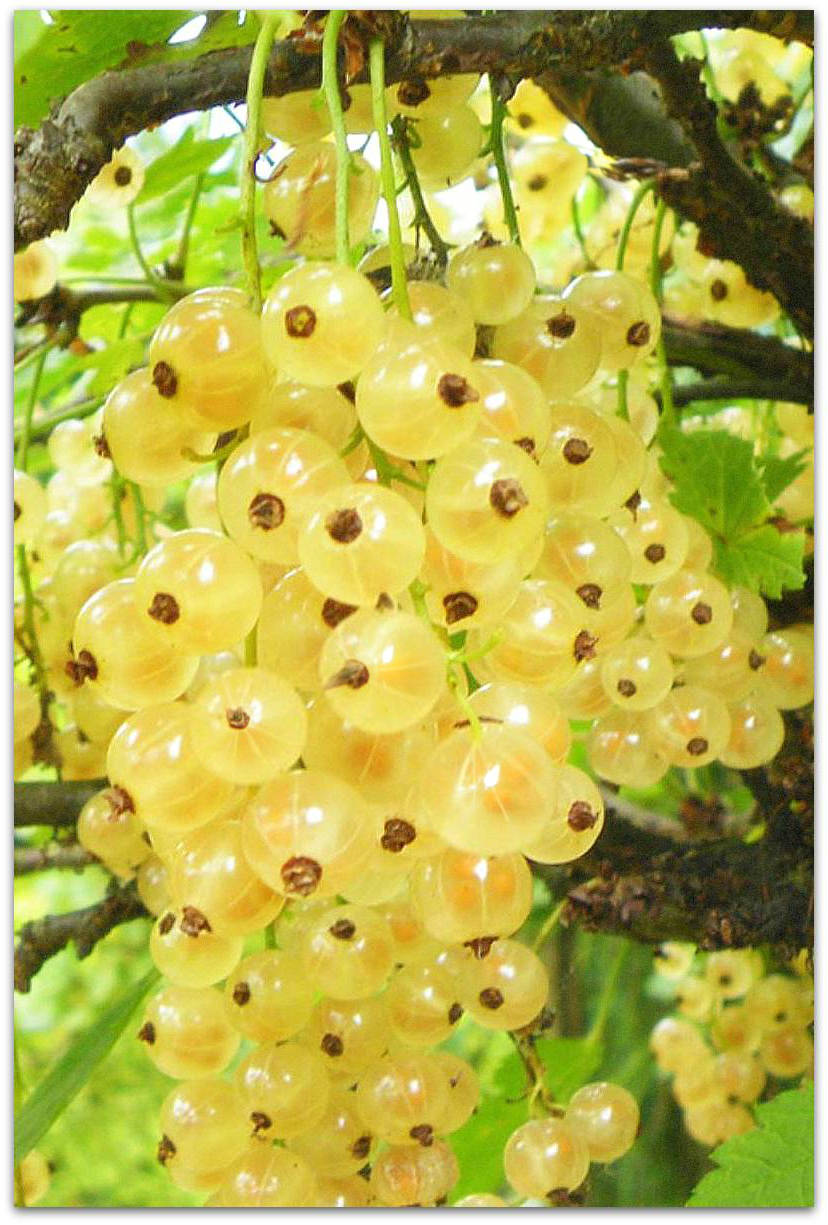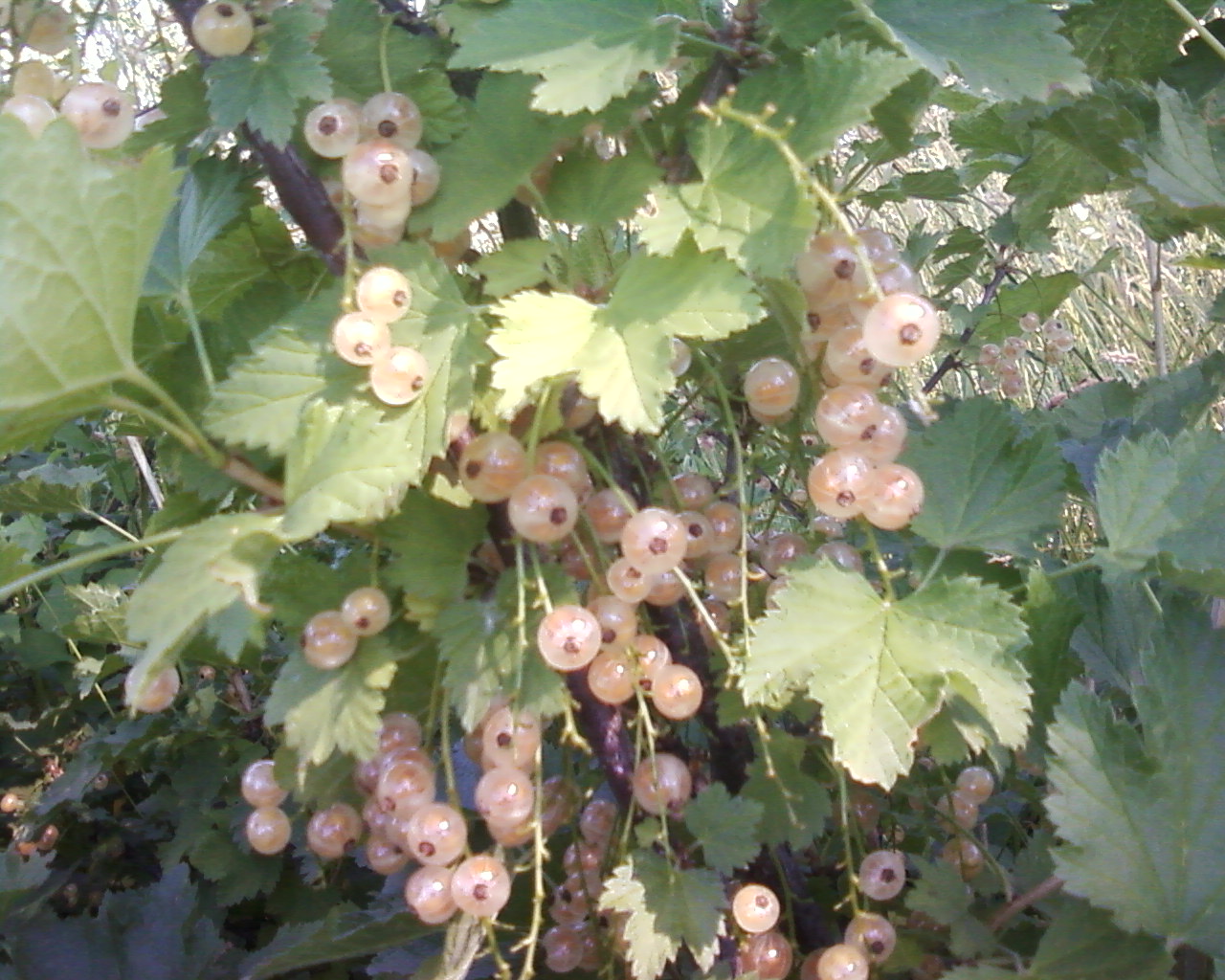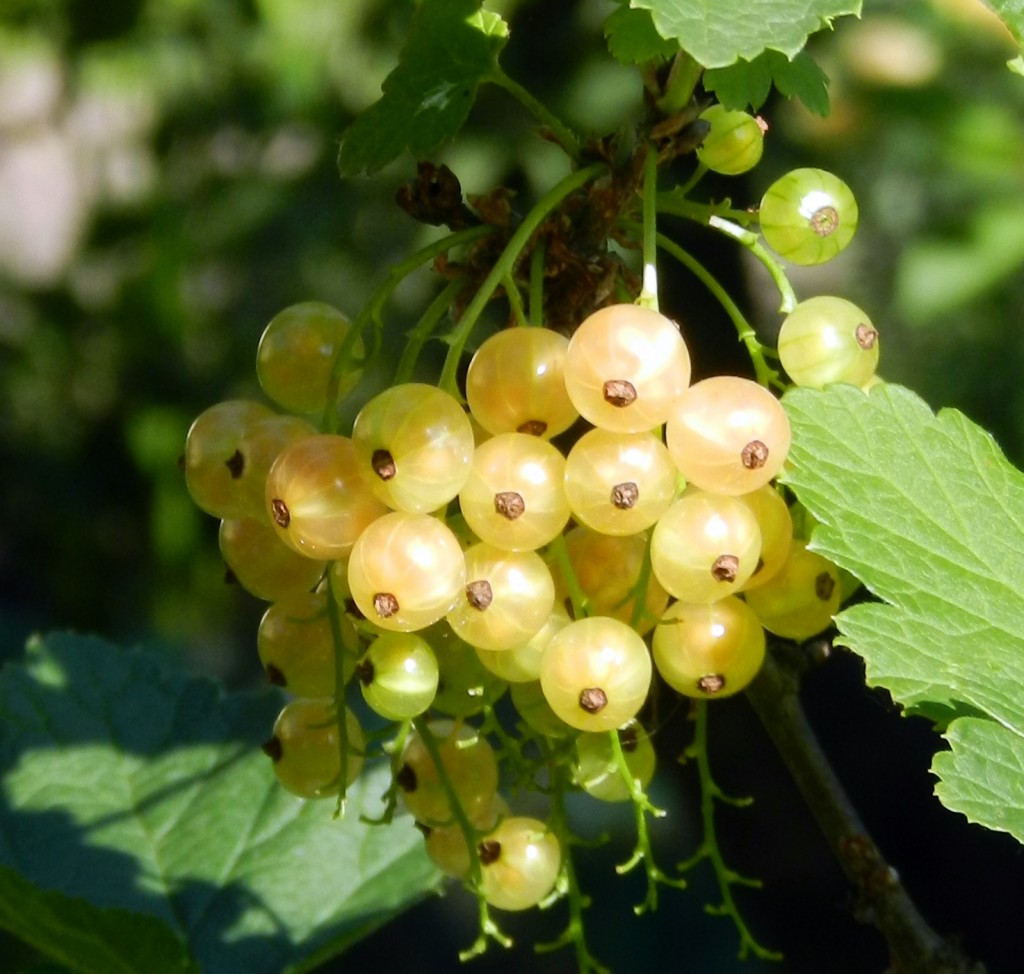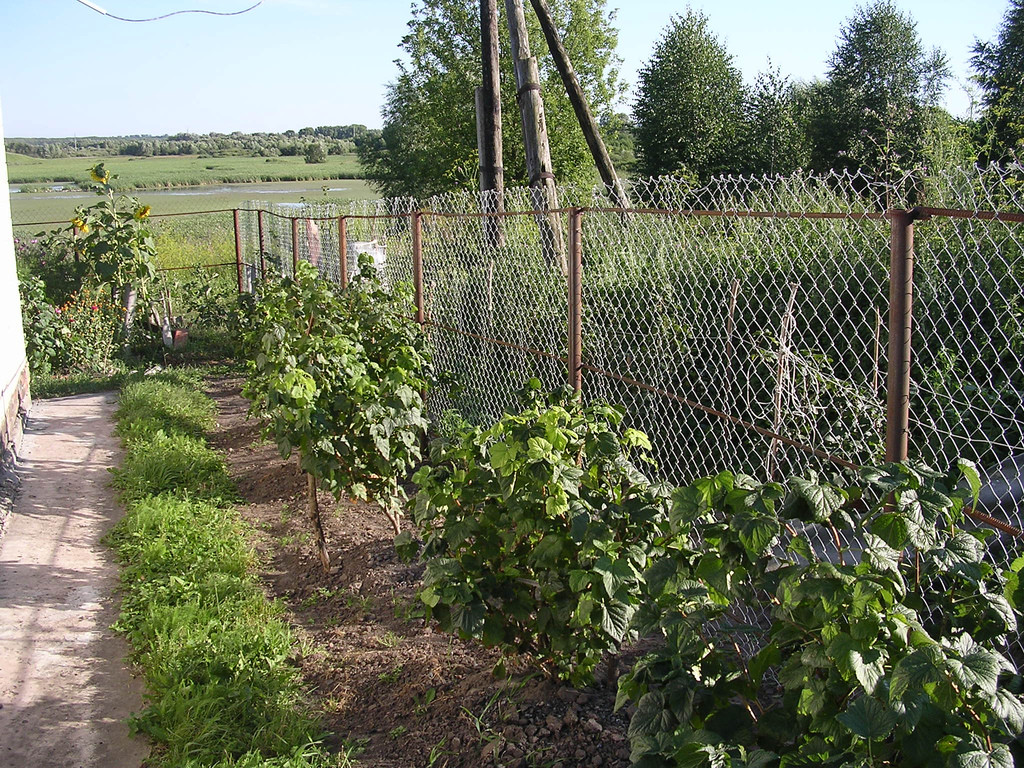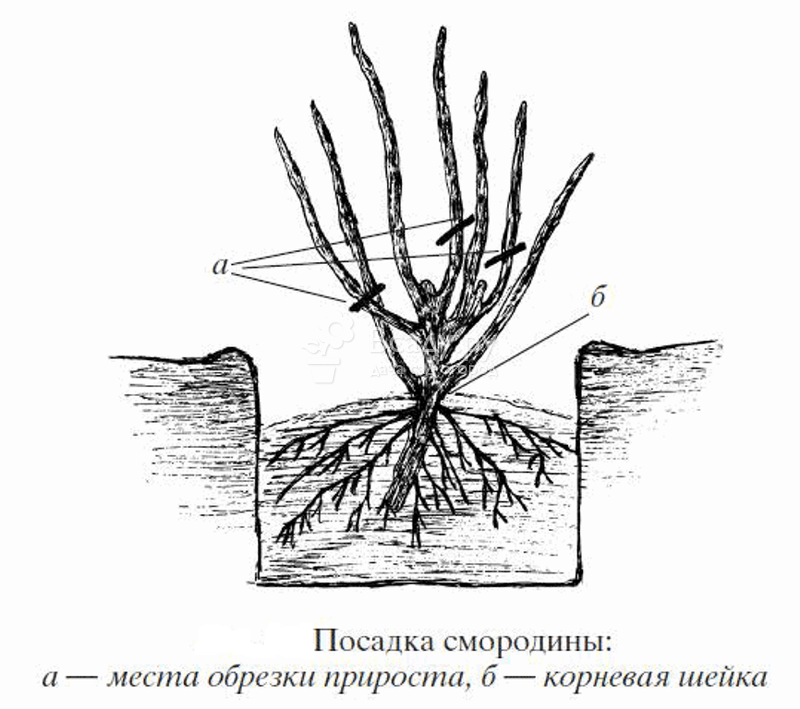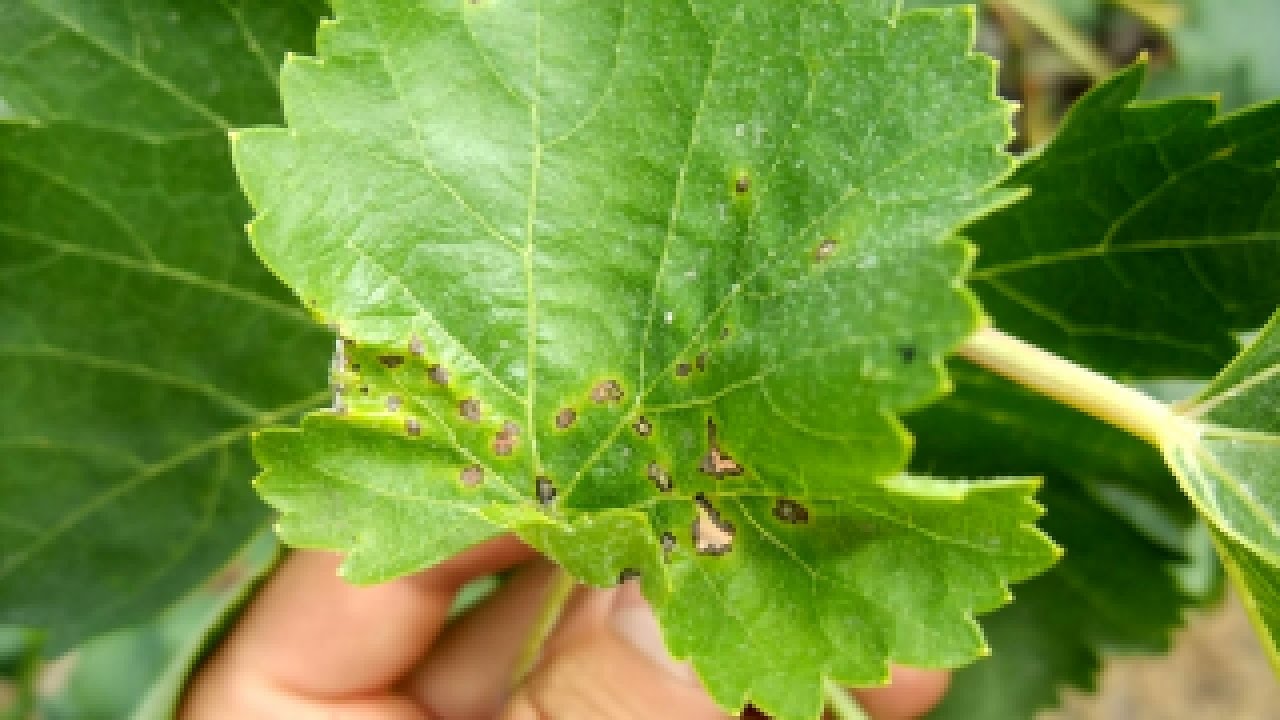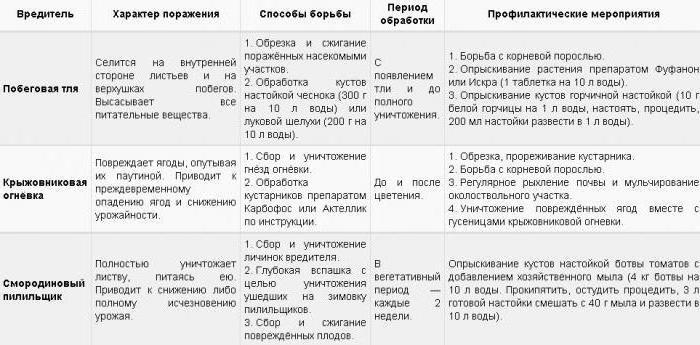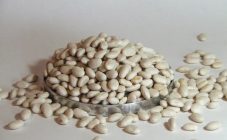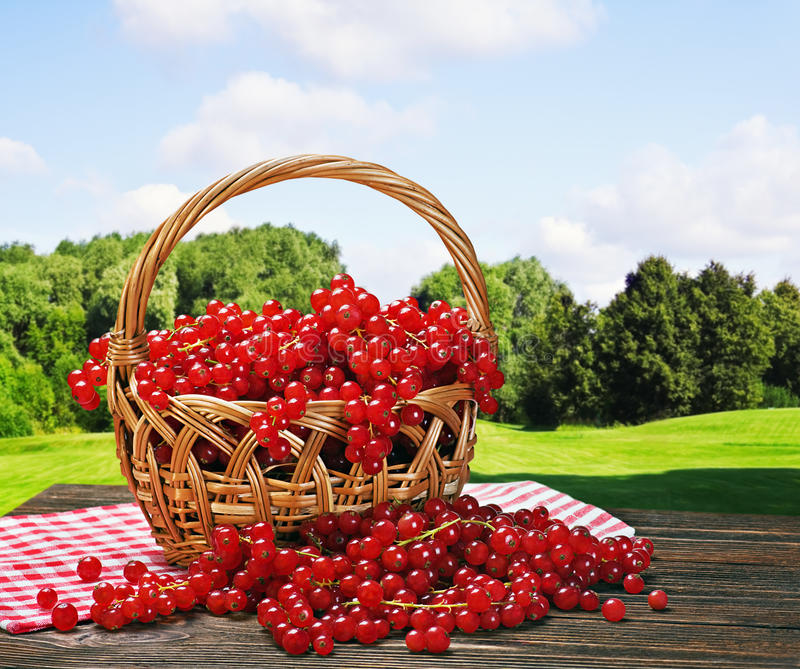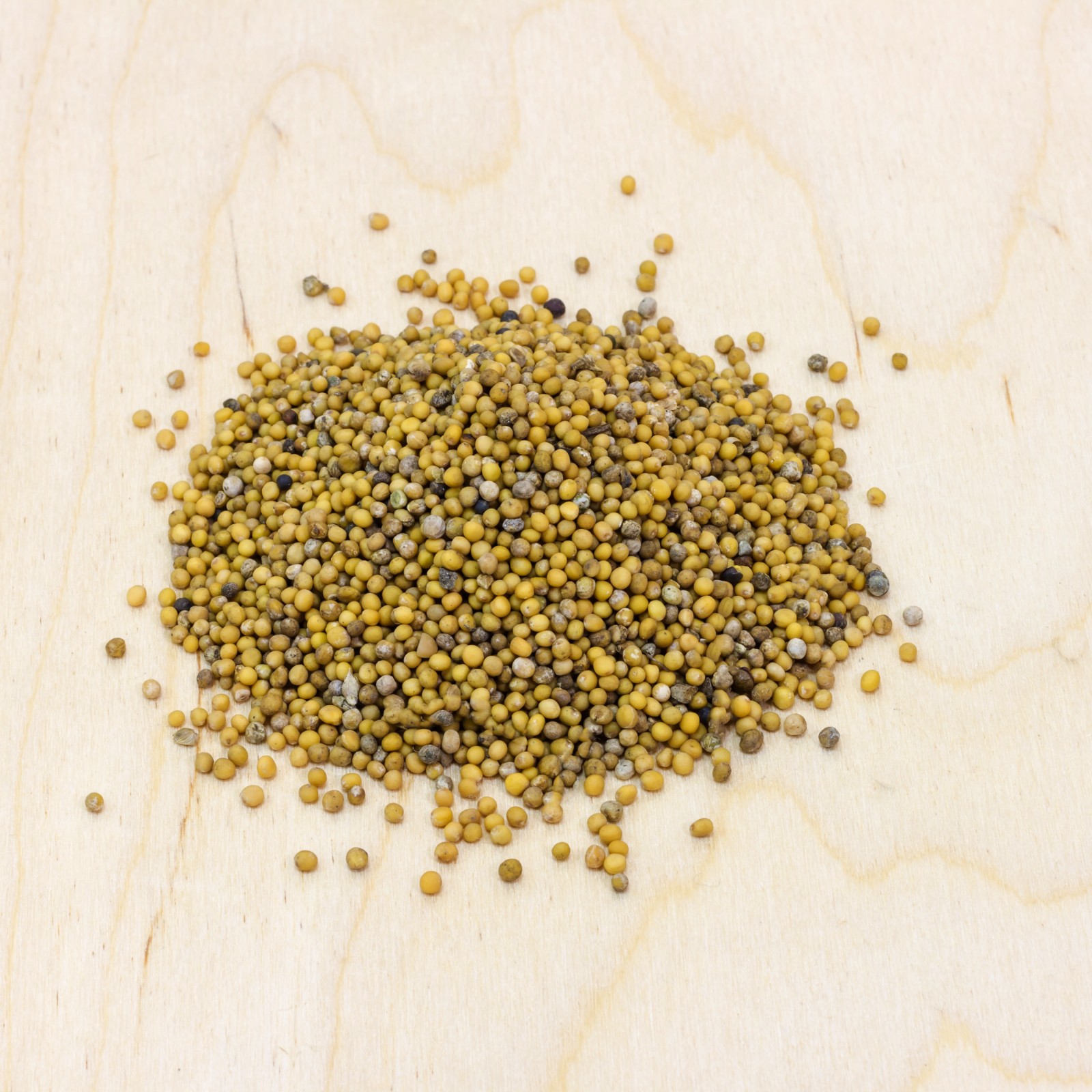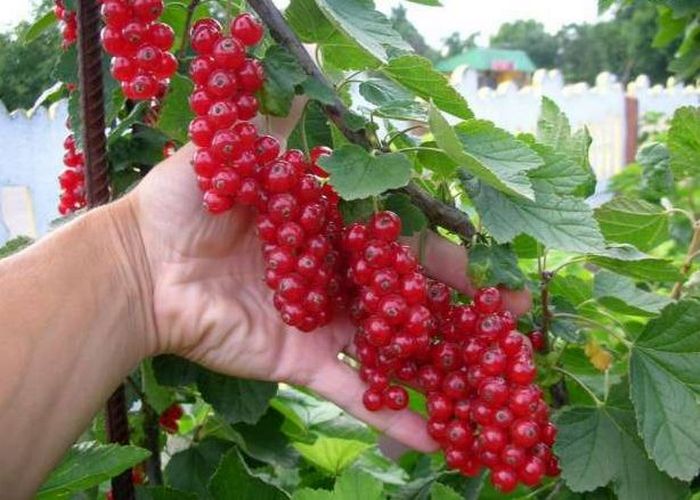Content:
- A bit of history
- Main characteristics
- Composition and benefits
- Care features
- When planting white currants, it is important to consider two points:
- Prepare the soil in advance:
- Starting from the third year of growth, fertilizing should be carried out according to the following scheme:
- To strengthen immunity, it will not be superfluous to spray the bush with the following composition:
- Diseases and pests
- Advantages and disadvantages of the variety
White currant is an excellent choice for the modern gardener. The shrubs have a good harvest and also tolerate low temperatures well. For several centuries, such a variety as the Versailles white currant has remained very popular.
A bit of history
The origin of this variety is shrouded in mystery. The first mentions and descriptions of the bushes came from France and date back to around 1850. In some sources, the variety is called Imperial. Only a century later, the plant was included in the State Register and patented for cultivation in the Central, Middle Volga, North-Western, Central Black Earth, Ural and Volga-Vyatka regions.
Main characteristics
The Versailles white currant belongs to the early varieties with high yields. With proper care and good conditions, up to 4 kg of berries can be obtained from one bush.
The berries are round in shape and have a light yellow color of a transparent nature. The diameter of the berries reaches 8-10 mm, each weighing up to 0.7-1.3 g. At the same time, their taste is sweet-sour and aromatic. The foliage has a rich green color with a slightly lilac tint. The leaves are quite large with obtuse denticles at the edges, the base is deeply cordate.
Clusters with saucer-shaped flowers of medium size, sparse and long. Young shoots are flexible and strong, the bush itself is sprawling of low growth (1.2-1.5 m).
The plant is very fond of light, it should be enough throughout the entire growing period to get a decent harvest.
The Versailles white currant is distinguished by a good root system. The depth of the roots can reach a meter, in width they extend up to 40 cm beyond the projection of the crown of the bush. Thanks to such a powerful root system, the bushes are not afraid of drought, but nevertheless, dry areas should not be placed on the hills. Lack of moisture will affect the size of the berries and the overall yield.
Composition and benefits
The berries contain a large number of substances useful for humans:
- Carbohydrates;
- Mono, - and disaccharides;
- Pectin;
- Proteins;
- Fats;
- Organic acids;
- Vitamins;
- Microelements.
By chemical composition, the berries can be represented as follows:
- The amount of sugars - 8%;
- Dry matter - 18%;
- Titratable acids - 2.3%;
- Ascorbic acid content - 38 mg / 100 g.
White currant berries are an excellent anti-allergenic agent for people who have corresponding reactions to colored berries and fruits. But because of the high acid content, you should not get carried away with berries with high acidity for gastritis, as well as peptic ulcer disease. Sour berries can provoke an exacerbation of such diseases.
Care features
To get the maximum possible yield from each bush, you should follow the rules of planting and care. They are quite simple and primitive, since the Versailles white currant is unpretentious in care.
When planting white currants, it is important to consider two points:
- Choose the right place;
- Landing should be done at certain times of the year.
When choosing a place, it should be borne in mind that the plant loves light very much, but at the same time does not tolerate drafts. The best option would be to plant bushes along fences and barriers or near the walls of the house. Also, do not choose too humid places, excess moisture leads to decay of the root system. The root system does not tolerate stagnation of water, it is important that there is no near groundwater.
Prepare the soil in advance:
- Dig well;
- Remove weeds, old foliage and roots of other plants;
- For each square meter, 10 kg of humus or compost, as well as 100 g of superphosphate are applied;
- To neutralize acidity, add about 0.5 kg of wood ash.
A pit (50x50x40 cm) with planting fertilizer is given time to stand for about 10-14 days before planting. Then they start planting seedlings. The root collar is deepened by no more than 10 cm, the roots are carefully straightened, sprinkled with a fertile composition and tamped. Watering will require about 30 liters of water. After that, mulching with peat is carried out. Shoots should be cut off, only 5 buds remain.
You can plant white currants in early spring (before bud break) and in autumn (late September - early October).
A large yield of white currants depends entirely on compliance with the rules of agricultural technology for caring for the plant. Correct and regular pruning of the bush has a great influence on the result. The first pruning is done at planting, then repeated in the fall. During this period, approximately 6-7 branches should be formed, of which only 3-4 of the strongest should be left. A similar pruning is repeated every year, removing diseased, weak branches. In about five years of such care, about 118 healthy skeletal branches should form in the bush. In the future, when pruning, old branches that are more than 7 years old should be removed, leaving new and young ones to replace them.
Currant of Versailles perfectly tolerates dry periods, but still prefers moderate humidity without stagnant water. Therefore, it is worth regularly watering the shrub without flooding it. Watering is carried out 3 times a week during periods of inactivity of the sun (in the morning and in the evening, 1 bucket).
To ensure that the plant does not lose yield indicators over time, regular feeding should be carried out. If the right amount of nutrients is added during planting, you can forget about fertilization for two years.
Starting from the third year of growth, fertilizing should be carried out according to the following scheme:
- 50 gr. urea after snow melting;
- after harvesting, you should feed with a solution of droppings (1 liter per 10 liters of water) with the addition of potassium sulfate (15 g) and superphosphate (40 g).
To strengthen immunity, it will not be superfluous to spray the bush with the following composition:
- 10 liters of water;
- 3 gr. boric acid;
- 5 gr. potassium permanganate;
- 35 gr. copper sulfate.
Diseases and pests
Despite the fact that the plant is highly resistant to damage from diseases such as powdery mildew, other ailments and insects can harm it. Among the most common ones should be highlighted:
- Anthracnose. Signs of damage are the appearance of brown spots on the surface of the leaves, which gradually grow and spread. To combat, you can use solutions of Bordeaux liquid or colloidal sulfur.As a preventive measure, regular loosening of the soil should be carried out, the removal of cut branches and fallen leaves;
- Powdery mildew. Cases of this disease are rare, but there are. The disease manifests itself in the form of a gray plaque. Fitosporin solution is used as a remedy. And for prevention, the bush can be treated with a solution of copper sulfate before bud break;
- Goblet rust. An equally common disease that owners of white currant bushes may encounter. A sign of its development is the appearance of yellow spots in which the spores of the fungus are located. For treatment, such formulations as Tsiram, Bordeaux liquid, Captan are recommended.
Often, bushes can be exposed to invasions of insect pests, among which the most common are:
- Currant sawfly;
- Shoot aphid;
- Gooseberry moth and others.
Advantages and disadvantages of the variety
The Versailles white currant bushes are widespread almost throughout the country, due to their positive qualities:
- High yield characteristics;
- Frost resistance;
- It tolerates periods of drought well;
- Increased resistance to powdery mildew;
- Self-fertility;
- The composition contains a large amount of vitamins and nutrients;
- Versatility in use;
- After ripening, the berries do not fall off the branches.
As the disadvantages of this plant variety, it should be noted that it is susceptible to damage by such a disease as anthracnose, therefore it is better to prevent its appearance. Also, the bushes of this variety are characterized by spreading.
If you want to grow this type of currant, don't be afraid. Even a novice gardener can handle planting and caring for this plant.
